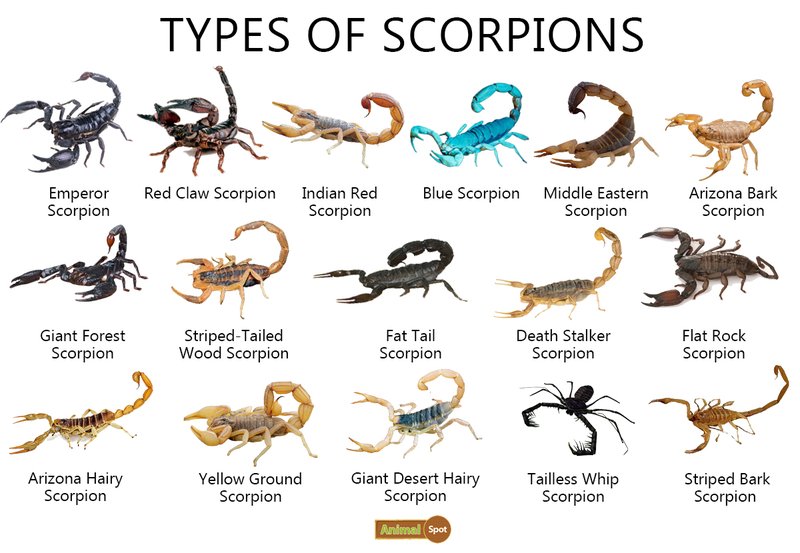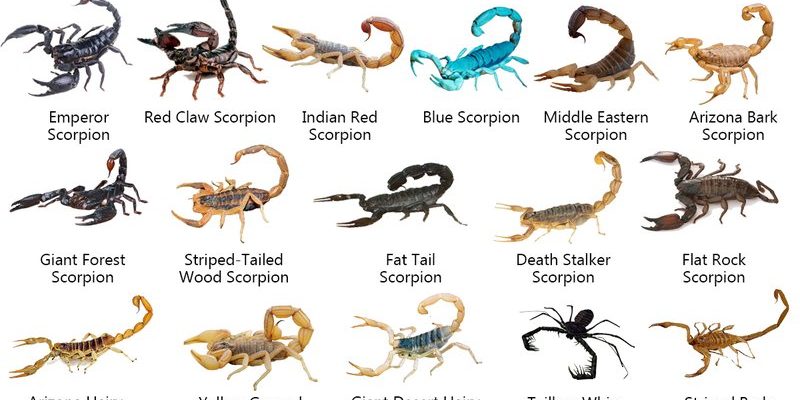
The red claw scorpion, scientifically known as *Heterometrus spinifer*, is a fascinating creature that boasts vibrant colors and distinctive features. But it’s not just about looks; understanding how it differs from other scorpions can give you a deeper appreciation for this species and help you make informed decisions.
1. Physical Characteristics
The first thing most people notice about the red claw scorpion is its striking appearance. It features notably large red claws, which are quite a departure from the more muted colors of some other species. These claws are not just for show; they play a crucial role in its hunting and defensive strategies.
In contrast, many other scorpion species, such as the emperor scorpion (*Pandinus imperator*), have larger bodies and are generally bulkier. While the emperor is also a favorite among exotic pet enthusiasts, its claws are more subdued in color compared to the vivid red of the red claw scorpion. The differences in size, color, and even leg length can give you clues about their habitat and behavior.
Let’s not forget the stinger! The red claw scorpion has a moderately potent venom, which is less dangerous than that of the bark scorpion (*Centruroides sculpturatus*), known for its painful sting. This makes the red claw a preferred choice for beginners, as it’s less intimidating than its more venomous cousins.
2. Habitat and Distribution
If you’re curious about where you might find red claw scorpions, they are primarily native to Southeast Asia, especially in countries like Thailand and Malaysia. They tend to dwell in humid, tropical environments, often hiding under rocks or within leaf litter.
On the other hand, other species can be found in more diverse climates. For instance, the desert scorpion (*Scorpionidae*) can be spotted in arid regions, showcasing just how adaptable these creatures can be. The contrast in habitat plays a significant role in their lifestyle, diet, and behaviors.
What’s fascinating is how well these scorpions have adapted to their environments. The red claw scorpion’s need for moisture influences its diet, while desert scorpions have evolved to hunt in harsher, drier conditions. Understanding these habitat differences can give you a clearer picture of why they behave the way they do.
3. Behavior and Temperament
You might think that all scorpions have a similar temperament, but that’s far from the truth. The red claw scorpion is often described as relatively calm compared to other species. They tend to be less aggressive and can even tolerate handling, making them suitable pets for beginners.
In contrast, species like the bark scorpion can be quite skittish and may exhibit more defensive behavior. They often prefer to flee rather than fight, whereas a red claw might stand its ground. This difference in behavior can be crucial if you’re thinking about keeping one as a pet or observing them in the wild.
Another interesting tidbit is their social behavior. Red claw scorpions are known to be somewhat communal, often found in groups. However, caution is still advised, as they can be territorial during mating season. This contrasts sharply with species like the Asian forest scorpion, which are generally solitary.
4. Diet and Hunting Techniques
Let’s talk food! Red claw scorpions primarily feast on insects like crickets, roaches, and other small invertebrates. Their hunting method is pretty fascinating. They use their claws to capture prey swiftly, displaying a skill that’s both graceful and effective.
In comparison, other species, such as the giant desert scorpion, rely more on ambush tactics, using their camouflage to surprise unsuspecting prey. While red claws actively hunt, desert scorpions wait patiently, illustrating a difference in hunting strategies.
This dietary difference is important, especially if you plan on keeping a red claw as a pet. Providing a balanced diet will keep them healthy and happy, improving their overall well-being.
5. Care and Maintenance
If you’re considering bringing a red claw scorpion into your life, there are a few care guidelines to keep in mind. They thrive in a humid environment, so maintaining proper humidity levels is essential. A terrarium that mimics their natural habitat is a must!
When it comes to temperature, aim for a comfortable range of 75°F to 85°F. Use a heating pad or lamp to keep things cozy. Unlike some other scorpions that might require specialized heating, red claws are fairly adaptable, as long as the environment is kept stable.
You might also need to consider their feeding needs. Regularly provide them with live food, such as crickets or mealworms. Keep an eye on their health and behavior, as changes can indicate stress or illness. This vigilance can make all the difference in ensuring a long, happy life for your pet.
6. Lifespan and Reproduction
In the wild, red claw scorpions typically have a lifespan of around 5 to 7 years, though some may live longer with proper care. When comparing this to the emperor scorpion, which can live up to 8 years or more, the difference isn’t vast but is worth noting for those interested in longevity when choosing a pet.
Reproduction among red claw scorpions is fascinating, as they engage in intricate courtship rituals. Males will dance around females, often using their impressive claws to impress. The female will carry the young on her back until they’re ready to disperse.
This nurturing behavior is not common across all scorpion species. For instance, the female bark scorpion gives birth to live young but offers no care afterward. Understanding these reproductive behaviors can enhance your appreciation for the complexities of scorpion life.
7. Conclusion: Why It Matters
Understanding the difference between the red claw scorpion and other species gives you valuable insight, whether you’re a budding enthusiast or simply curious. From their striking appearances and unique behaviors to their specific habitat needs, each scorpion species offers a glimpse into the wonders of nature.
So, if you find yourself drawn to the allure of the red claw scorpion, you’re in for an exciting journey. They’re more than just pets—they’re fascinating creatures that showcase the diversity of the arachnid world. Whether you’re observing their behavior, caring for one, or simply enjoying the beauty of this species, you’ll find that there’s so much more than meets the eye.

